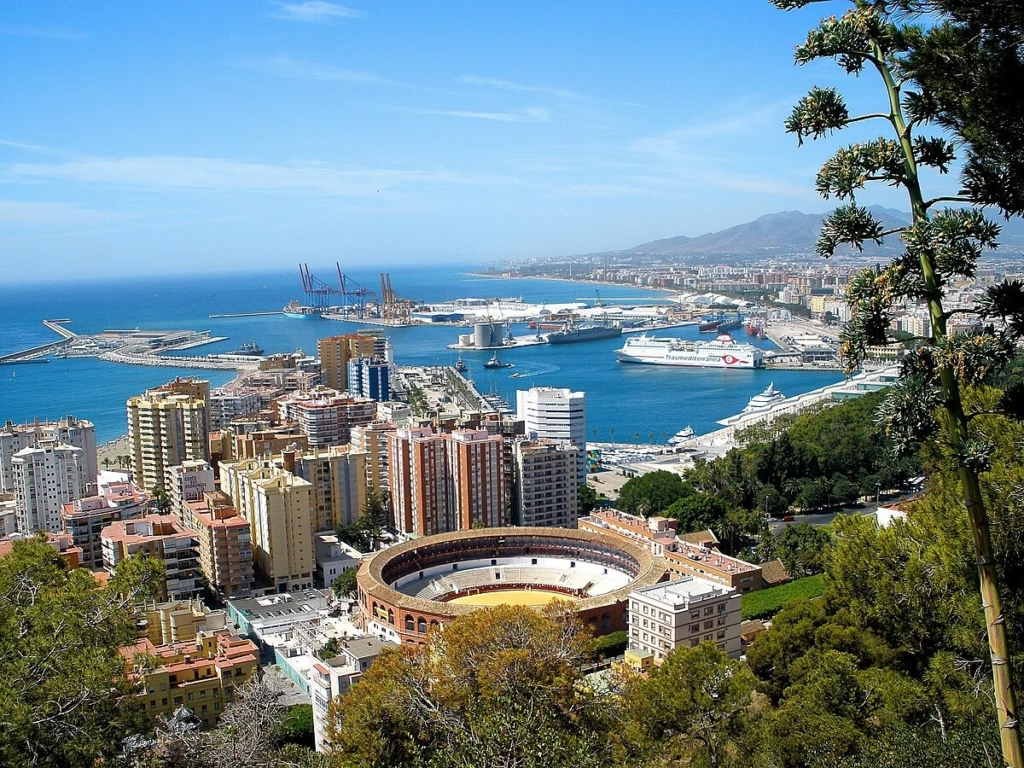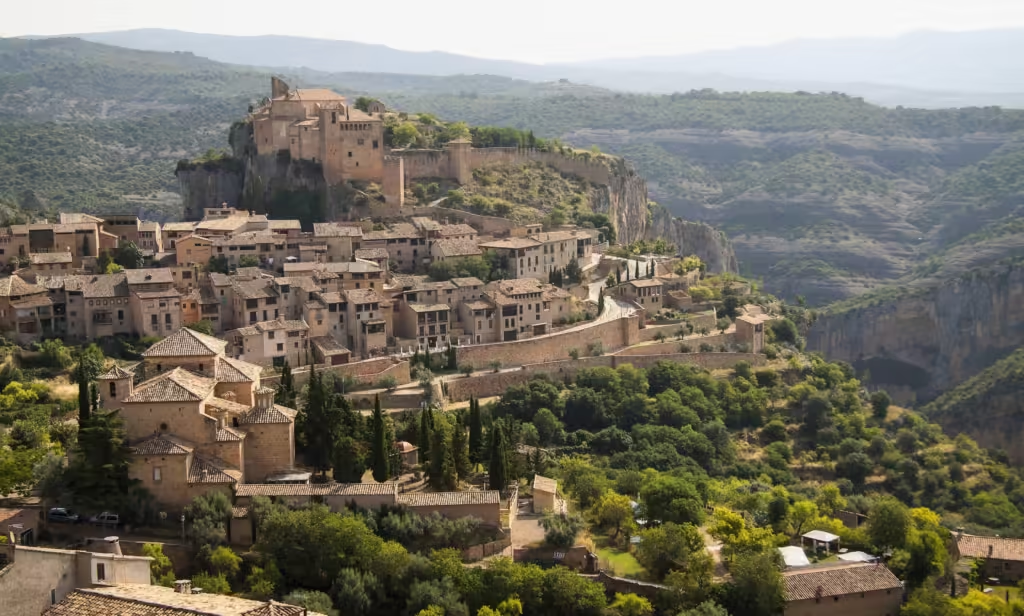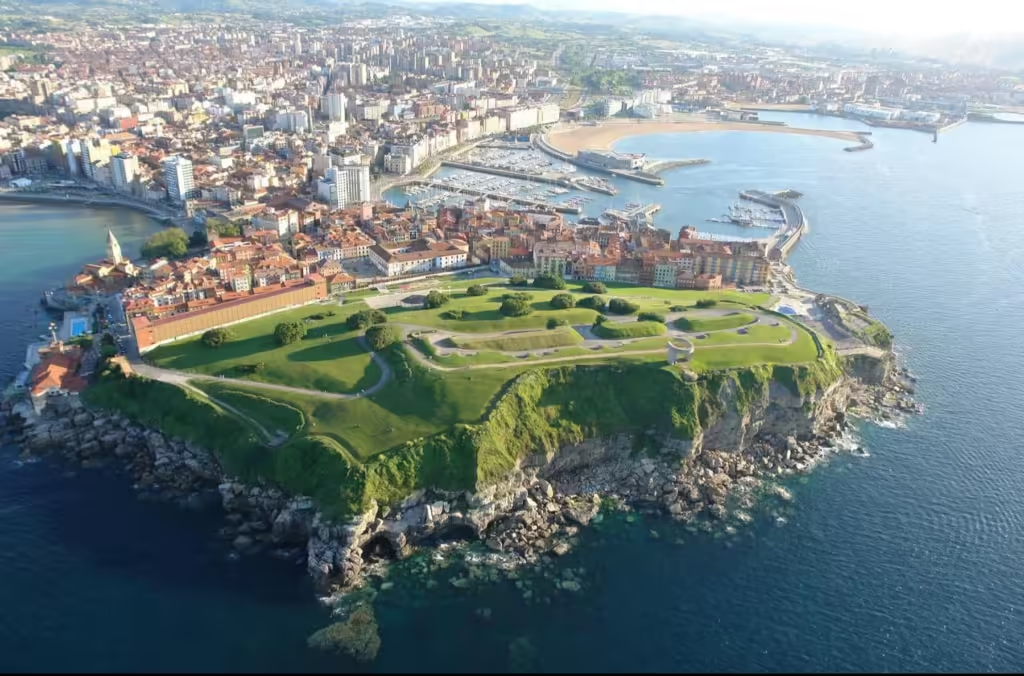Andalusia, located in the heart of southern Spain, is one of the country’s most vibrant and diverse regions. Known for its flamenco music, whitewashed villages, Moorish architecture, and sunny coastline, Andalusia is the perfect blend of history, culture, and natural beauty. With cities like Seville, Granada, and Córdoba, the region attracts millions of travelers every year.
Whether you’re seeking cultural depth, beautiful beaches, or mountain adventures, Andalusia delivers unforgettable travel experiences.

Top Tourist Attractions in Andalusia
Seville – The Capital of Flamenco and Festivals
Seville is the cultural capital of Andalusia and a must-visit destination for travelers. It’s home to the Seville Cathedral, the largest Gothic cathedral in the world, and the Giralda Tower, which offers panoramic views of the city.
The Real Alcázar of Seville, a UNESCO World Heritage Site, is a stunning palace complex with intricate Mudéjar architecture. For an authentic experience, catch a flamenco show in the Triana neighborhood.
Granada – Discover the World-Famous Alhambra
Granada is nestled at the foot of the Sierra Nevada mountains and is home to the Alhambra, one of the most visited monuments in Europe. This stunning Moorish palace and fortress complex features beautiful gardens, ornate architecture, and sweeping views of the city.
Explore the Albaicín, a historical Moorish district with narrow, winding streets and traditional tea houses. Visit the Mirador de San Nicolás for a postcard-perfect view of the Alhambra at sunset.
Córdoba – The City of the Mezquita
Córdoba’s most iconic landmark is the Mezquita, a former mosque turned cathedral. The building is famous for its hundreds of red-and-white striped arches and spiritual ambiance.
Wander through the Jewish Quarter, explore the Roman Bridge, and admire the colorful courtyards during the Festival de los Patios each May.
Málaga – Gateway to the Costa del Sol
Málaga is a coastal city known for its beaches, culture, and vibrant nightlife. It’s the birthplace of Pablo Picasso and features the Picasso Museum and the Alcazaba fortress, a Moorish landmark with incredible sea views.
Enjoy the sun at La Malagueta Beach or indulge in local seafood at a seaside “chiringuito.”
Natural Beauty and Outdoor Adventures in Andalusia
Sierra Nevada – Snow and Sunshine
The Sierra Nevada Mountains offer both skiing in the winter and hiking in warmer months. It’s home to Mulhacén, the highest peak in mainland Spain.
For nature lovers, the area is rich in biodiversity, and its trails provide some of the best hiking in southern Europe.
Doñana National Park – A UNESCO Biosphere Reserve
Doñana National Park, located in Huelva province, is one of Europe’s most important wetlands. It’s a haven for migratory birds and endangered species like the Iberian lynx.
You can explore the park by jeep, horseback, or boat. Guided tours are available year-round.
Caminito del Rey – Spain’s Most Thrilling Hike
Near Málaga, the Caminito del Rey is a dramatic walkway pinned to a steep gorge. Once known as the “world’s most dangerous path,” it has been safely restored and is now a popular hiking experience for thrill-seekers.
Andalusian Coastline: Best Beaches to Visit
Costa del Sol – Sun, Sea, and Sophistication
Stretching from Nerja to Estepona, the Costa del Sol boasts over 150 km of coastline. Visit Marbella for upscale resorts and nightlife or Nerja for quieter beaches and the famous Nerja Caves.
Costa de la Luz – The Untouched Atlantic Coast
Facing the Atlantic, Costa de la Luz is known for its wide sandy beaches and surfing towns like Tarifa and Conil de la Frontera. It’s less crowded than the Costa del Sol and great for nature lovers.
Cultural Experiences Unique to Andalusia
Flamenco – Music of the Soul
Flamenco is more than dance—it’s an emotional expression of Andalusian identity. Watch a live performance in Seville, Jerez de la Frontera, or Granada, where small venues offer intimate shows with talented local performers.
Festivals You Shouldn’t Miss
- Semana Santa (Holy Week) – Dramatic processions in every major city.
- Feria de Abril (Seville Fair) – A week of dancing, horses, food, and music.
- Carnival in Cádiz – Lively parades and street performances.
Gastronomy: What to Eat in Andalusia
- Tapas: Try small plates like tortilla, croquettes, and olives.
- Gazpacho & Salmorejo: Refreshing cold soups, perfect in summer.
- Rabo de Toro: Braised oxtail, a classic Andalusian dish.
- Jamón Ibérico: Cured ham served thinly sliced.
- Churros con Chocolate: A sweet treat for breakfast or dessert.
Pair your meals with local wines from Jerez or sherry from Montilla-Moriles.
Travel Tips for Andalusia
Best Time to Visit
The ideal time to visit Andalusia is in spring (March–May) or fall (September–November) when the weather is mild and festivals are in full swing. Summer is hot, especially inland.
Getting Around the Region
- High-speed trains (AVE) connect Seville, Córdoba, and Málaga efficiently.
- Renting a car is great for exploring white villages and remote beaches.
- Public transport is reliable within cities and between major towns.
Frequently Asked Questions About Traveling to Andalusia
1. Is Andalusia safe for tourists?
Yes, Andalusia is generally safe. Practice basic precautions, especially in busy tourist areas.
2. What is the local currency?
The Euro (€) is the official currency.
3. Do I need to speak Spanish?
Basic Spanish helps, but English is widely understood in tourist areas.
4. Can I visit Andalusia on a budget?
Yes! Hostels, budget restaurants, and free walking tours are widely available.
5. What should I pack for Andalusia?
Bring comfortable shoes, sun protection, layers for varying temperatures, and swimwear if you’re heading to the coast.
Conclusion: Why Andalusia Should Be Your Next Travel Destination
From flamenco shows under the stars to Moorish palaces that whisper history, Andalusia offers an authentic Spanish adventure. Its stunning cities, natural wonders, rich culture, and welcoming locals create the perfect destination for solo travelers, couples, or families.
Whether you want to hike the mountains, relax on the beach, or dive into cultural festivals, Andalusia has it all—and then some.

